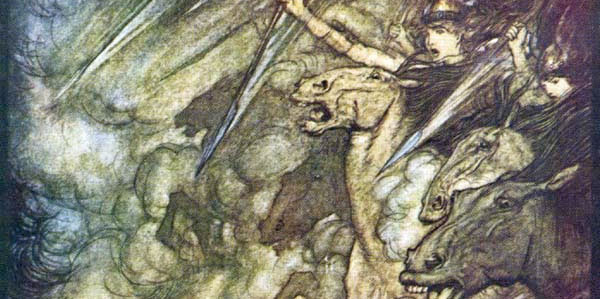New High-Resolution Recordings: AES Workshop
I’m still reflecting on the workshop that happened on Sunday and thought I would continue my thoughts on that lengthy session today. Yesterday, I heaped well-deserved praise on Morten Lynberg and his 2L label. His catalog of real high-resolution audio must be somewhere around 200 titles…maybe a few more. We offer the 2L releases in both stereo and surround on the iTrax website and they sell quite well. His approach and attention to detail is to be commended.
Next to speak at the session was Robert Friedrich of Five Four productions. He and his partners (which includes Michael Bishop) were the team at Telarc before the company was sold. They formed Five Four and have continued to record and produce classical and jazz projects. I hadn’t met Robert previously but I enjoyed his discussion and the photos that he shared. Five Four produces their records very differently than Morten and 2L. These guys stick to the DSD line by mixing all of the microphones live to 2.0 stereo and 5.1 surround through an analog console. They captured most of their previous productions at DSD 64 but have recently been using more DSD 128 and 256.
They set up enough stereo pairs of microphones and some spot mikes to capture the overall blend and some solo sections. As Robert explained things, the microphones are connected to the preamps and then sent at line level to the inputs of an analog console. One picture showed a Soundcraft desk at the center of their improvised control room. There was a complete set of 5.1 surround monitors as well. They are committing the blend from the stage to the 5.1 or 2.0 mix as it happens so they have to get it right. They don’t mix in the box according to Robert.
The Five Four Productions approach is mandated by the lack of tools available when recording with DSD. They obviously believe in the 1-bit technology and capture using DSD 64 equipment. These days, I think they’ve gotten on board with the latest Horus converters and the Pyramix system to handle the post production steps necessary to complete a project. Anything other than a simple edit requires the data stream to be converted to PCM (DXD) and then converted back for distribution and delivery.
Robert shared a recording of Wagner’s “Ride of the Valkyries” from the beginning of Act III of the opera “Die Walküre”, which is part of the “Ring” cycle. We all know this piece from numerous movie soundtracks. The recording was made for Sony and used in conjunction with the roll out of their 4K televisions. As I listened to the 5.1 surround mix (from the center of the room…I got there early and sat down in the best seat in the house), I couldn’t help but notice the tremendous difference between the 2L orchestra with choir recording that Morten played and this new track.
The Wagner selection should have been huge with blasting horns and agitated strings…but it wasn’t. Instead, it sounded flat and lifeless. There was no depth, the image was excessively wide and the top end was noticeably dull. I wasn’t sure what to attribute the marginal sound to. The playback system had already proven its worth with the 2L stuff.
What this less than stellar sound the result of the recording format? Morten played his ultra high-resolution PCM files and Robert played a DSD 64 track. There was a clear difference and I have to agree with Morten on the superiority of the ultra high-resolution PCM over the DSD encode. Of course, there’s all sorts of other things that might have compromised the sound…mic placement, analog signal path etc. But it wasn’t the same magic that we had heard 20 minutes before.
I know everything will think that I’m universally tilted away from anything DSD but I can assure you that I listened with my ears and not my brain. The Wagner piece never took off for me. And the surround mix should have accomplished that.


I have had similar thoughts about the few Telarc DSD releases that I have purchased over the years: they have good soundstage imaging but lack sparkle in the treble. I have several of the LAGQ releases that were done as primary DSD recordings. They seem to trade a vinyl-like mid range warmth for high frequency sparkle.
Dear Mark,
Did you have the same feeling from the stereo mix as well as the 5.1, DSD-64 track from Robert “Ride of the Valkyries record? Did both sound flat and the top end dull? If yes, it reconfirms that DSD-64 (SACD) is not a high resolution container and must be avoided.
Ron, they only played surround mixes during the session. I can’t imagine that the sound would be any different if limited to just stereo.